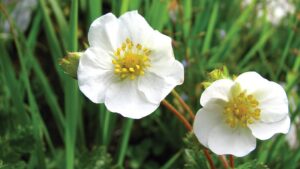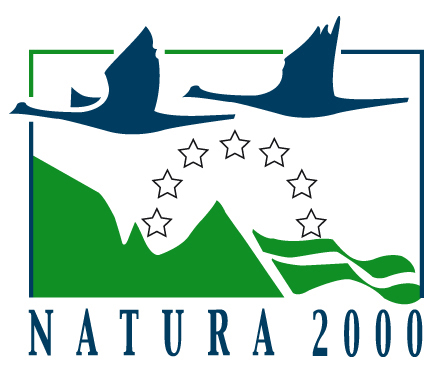Biodiversity Strategy
The EU Biodiversity Strategy aims to halt the loss of biodiversity and ecosystem services in the EU and help stop global biodiversity loss by 2020. It reflects the commitments taken by the EU in 2010, within the international Convention on Biological Diversity.
http://ec.europa.eu/environment/nature/biodiversity/strategy/index_en.htm

Nature and biodiversity law
At the EU level, nature and biodiversity are protected by several laws. The EU has been committed to the protection of nature since the adoption of the Birds Directive in April 1979. Then, in 1992, the Habitats Directive was adopted. Due to the European Single Market and the absence of systematic border controls within the EU, the provisions of the Convention on International Trade in Endangered Species of Wild Fauna and Flora (CITES) have to be implemented uniformly in all EU Member States since 1997. In 1999, the EU reinforced the role of zoos in the conservation of biodiversity and since 2014 committed to protect native biodiversity and ecosystem services against invasive alien species.
http://ec.europa.eu/environment/nature/legislation/index_en.htm
Birds Directive
Europe is home to more than 500 wild bird species. But at least 32 % of the EU’s bird species are currently not in a good conservation status. The Birds Directive aims to protect all of the 500 wild bird species naturally occurring in the European Union. Often migratory, wild bird species can only be protected by cooperating across borders. Urban sprawl and transport networks have fragmented and reduced their habitats, intensive agriculture, forestry, fisheries and the use of pesticides have diminished their food supplies, and hunting needed to be regulated in order not to damage populations. Concerned with their decline, Member States unanimously adopted the Directive 79/409/EEC in April 1979. It is the oldest piece of EU legislation on the environment and one of its cornerstones. Amended in 2009, it became the Directive 2009/147/EC.
http://ec.europa.eu/environment/nature/legislation/birdsdirective/index_en.htm
Habitats Directive
The Habitats Directive ensures the conservation of a wide range of rare, threatened or endemic animal and plant species. Some 200 rare and characteristic habitat types are also targeted for conservation in their own right. Adopted in 1992, the Council Directive 92/43/EEC of 21 May 1992 on the conservation of natural habitats and of wild fauna and flora aims to promote the maintenance of biodiversity, taking account of economic, social, cultural and regional requirements. It forms the cornerstone of Europe’s nature conservation policy with the Birds Directive and establishes the EU wide Natura 2000 ecological network of protected areas, safeguarded against potentially damaging developments.
http://ec.europa.eu/environment/nature/legislation/habitatsdirective/index_en.htm
Species protection
Our wildlife species are increasingly in danger. A recent European assessment of the conservation status of around 6000 European species undertaken by IUCN revealed that up to 25% of European animal species are now threatened with extinction. The EU Habitats and Birds Directives require Member States to ensure both the physical protection of individual specimens across the 28 EU countries as well as the conservation of core breeding and resting sites for certain particularly rare and threatened species under the Natura 2000 network. The EU also sets rules regarding animal welfare and works with the international community to fight illegal wildlife trade across the world.
http://ec.europa.eu/environment/nature/conservation/index_en.htm
Knowledge and data
Effective policymaking for biodiversity and ecosystem services relies on continuous research and innovation. We aim to improve the biodiversity knowledge base to underpin policy with up-to-date scientific data and information. Our main platform for data and information sharing on biodiversity is the Biodiversity Information System for Europe (BISE).
http://ec.europa.eu/environment/nature/knowledge/index_en.htm



